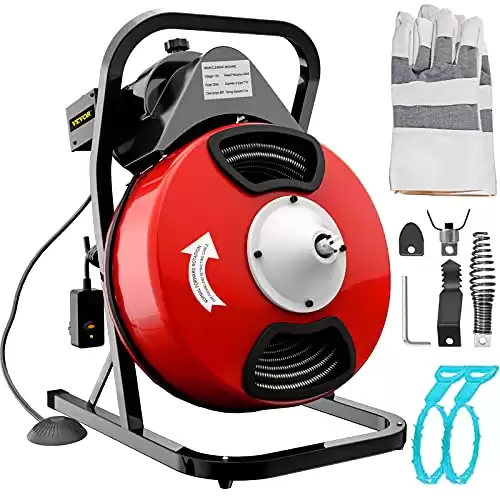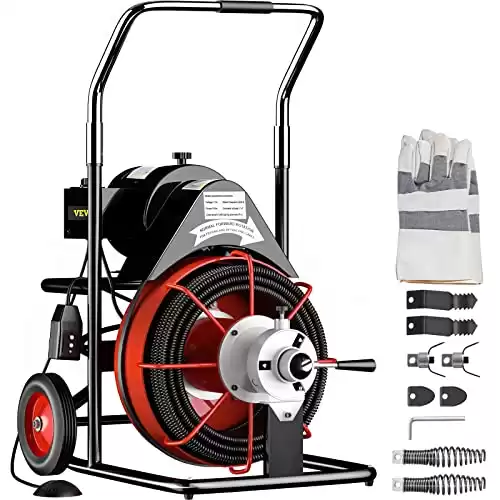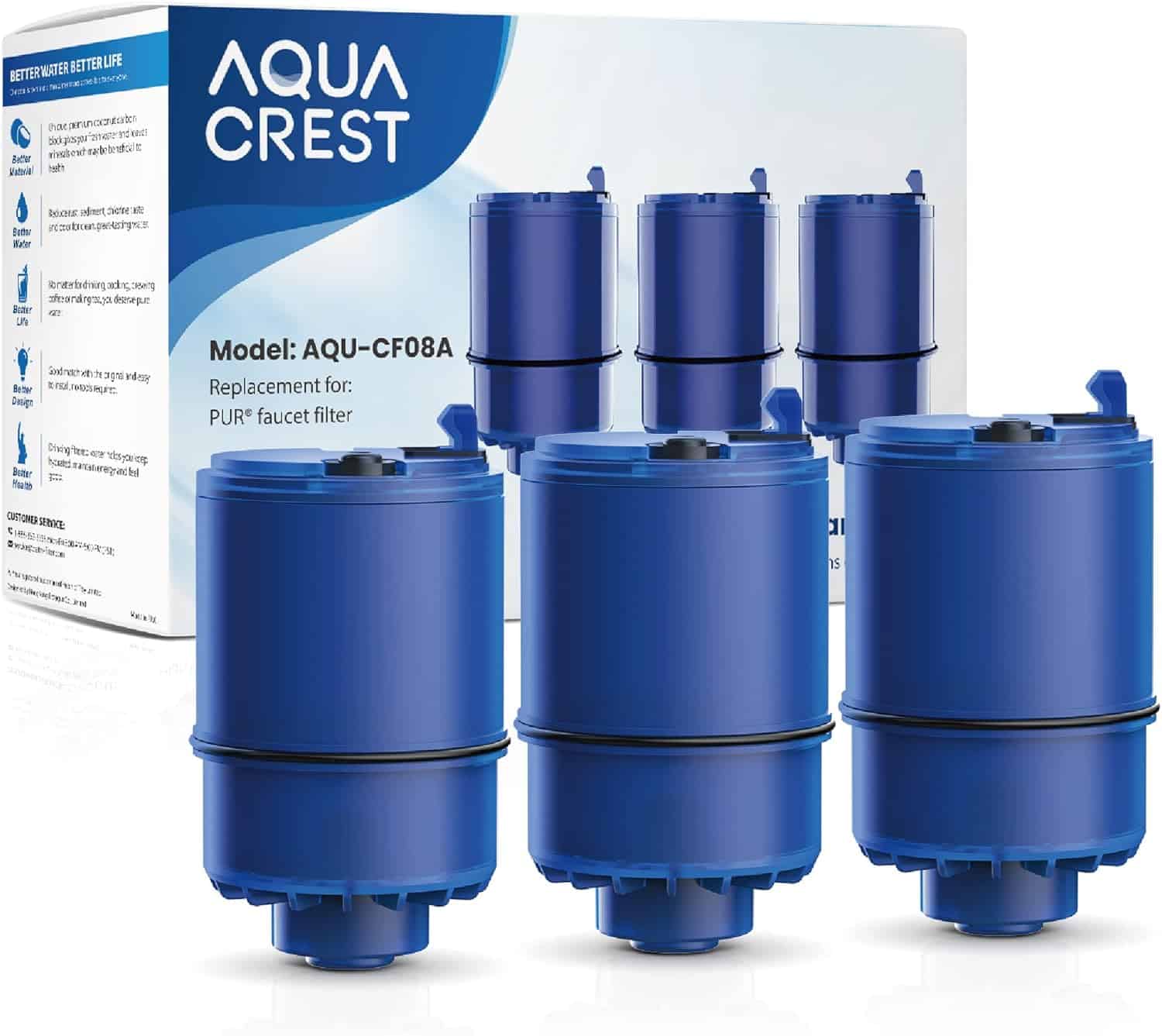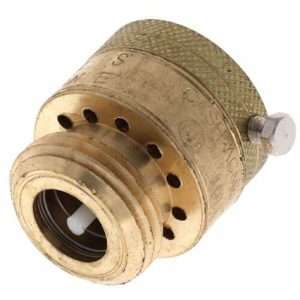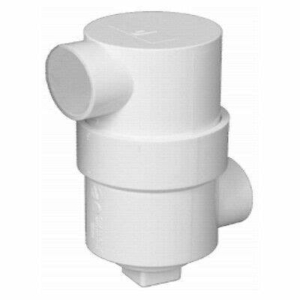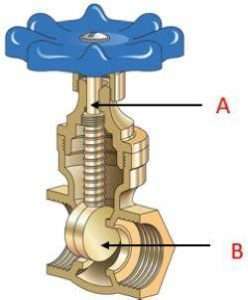Say Goodbye to Clogged Sinks: A Guide on How to Unclog Your Sink

A clogged sink can be a frustrating and inconvenient problem to deal with. Whether it’s the bathroom sink that won’t drain or the kitchen sink that’s backing up, the good news is that you don’t always need to call a plumber to resolve the issue. With some knowledge and simple tools, you can unclog your sink and get the water flowing freely again. This guide will walk you through various methods to tackle sink clogs effectively.
A sink typically consists of several components that work together to facilitate water flow and provide a functional and hygienic space for various tasks. The main components of a sink include:
1. Basin: The basin is the main bowl-shaped part of the sink where water accumulates. It can be made of different materials such as stainless steel, porcelain, or composite materials.
2. Faucet: The faucet, also known as the tap, is responsible for controlling the flow of water into the sink. It typically consists of a spout, handles or knobs for adjusting the water temperature and pressure, and various internal mechanisms to regulate the water flow.
3. Drain: The drain is a vital component that allows water to exit the sink. It usually consists of a drainpipe connected to the bottom of the basin, a strainer or stopper to prevent large debris from entering the pipe, and a drain cover to enhance aesthetics and protect against clogs.
4. P-trap: The P-trap is a curved section of pipe located below the sink drain. It is shaped like the letter “P” and serves multiple purposes. It prevents sewer gases from entering the living space, acts as a barrier to prevent debris from clogging the main drainpipe, and provides a convenient access point for clearing clogs.
5. Mounting Hardware: Sink mounting hardware secures the sink to the countertop or cabinet. It typically includes clips, brackets, or adhesive materials that ensure the sink remains stable and properly positioned.
6. Overflow: Some sinks, particularly in bathrooms, are equipped with an overflow feature. The overflow is a small opening near the top of the basin that allows excess water to drain if the main drain becomes clogged or if the water level rises too high.
7. Handles or Controls: In some sink setups, especially those with separate hot and cold water supplies, handles or controls are installed to regulate the water temperature and flow rate. These can be in the form of separate knobs or handles or integrated into the faucet design.
8. Optional Accessories: Sinks may have additional accessories to enhance functionality and convenience. These can include a sprayer attachment, soap dispenser, built-in cutting board, or a garbage disposal unit.
It’s important to note that the specific components and their designs may vary depending on the type of sink (e.g., kitchen sink, bathroom sink) and the manufacturer.
Understanding the Causes of Sink Clogs
Before diving into the unclogging techniques, it’s important to understand the common causes of sink clogs. By knowing what leads to clogs, you can take preventative measures to minimize the occurrence. Some common culprits include:
1. Food debris: In kitchen sinks, food particles, grease, and oil are frequent causes of clogs.
2. Hair and soap residue: Bathroom sinks often suffer from clogs due to hair, soap scum, and other personal care product residues.
3. Mineral buildup: Over time, minerals can accumulate and create stubborn clogs in sinks.
Tools and Safety Precautions
Several tools can be used to unclog a sink, depending on the severity and nature of the clog. Here are some common tools for unclogging sinks:
1. Plunger: A plunger is a versatile tool that can effectively clear many sink clogs. It consists of a rubber cup attached to a handle. When used correctly, the plunger creates suction and pressure to dislodge the clog. It is suitable for both kitchen and bathroom sinks.
2. Drain Snake or Auger: A drain snake, also known as a plumber’s snake or auger, is a flexible tool used to reach deeper into the drain pipe and break apart stubborn clogs. It features a long cable or coil with a tip or auger head at the end. By rotating and pushing the snake into the drain, it can catch or break up clogs and allow water to flow freely.
3. Zip-It Tool: The Zip-It tool is a simple and inexpensive tool designed specifically for clearing hair clogs in bathroom sinks. It consists of a long, thin plastic strip with small barbs along its length. By inserting the strip into the drain and pulling it back out, it can catch and remove hair clogs.
4. Plumber’s Wrench: A plumber’s wrench, also known as a pipe wrench or adjustable wrench, is a useful tool for tightening or loosening plumbing connections. It can be handy when removing or replacing pipes under the sink to access the clog or perform maintenance.
5. Bent Wire Hanger: In situations where other tools are not available, a simple bent wire hanger can be useful. Straighten the hanger and create a small hook at one end. Insert it into the drain and use it to grab or dislodge clogs.
6. Baking Soda and Vinegar: While not traditional tools, baking soda and vinegar are household ingredients that can be combined to create a natural and effective clog-busting solution. By pouring a mixture of baking soda and vinegar down the drain, the chemical reaction can break down organic materials and help clear minor clogs.
It’s important to choose the appropriate tool based on the type and severity of the clog. For instance, a plunger is ideal for most clogs, while a drain snake or auger may be necessary for stubborn or deeper clogs.
Method 1: Plunging the Sink
1. Clear the sink: Remove any standing water from the sink before using the plunger.
2. Create a seal: Place the plunger over the drain and ensure a tight seal.
3. Plunge forcefully: Push and pull the plunger vigorously, maintaining the seal, for about 15-20 seconds.
4. Repeat if necessary: If the water doesn’t drain or starts to rise, repeat the process until the clog is cleared.
Method 2: Using Baking Soda and Vinegar
1. Clear the sink: Remove standing water as much as possible.
2. Pour baking soda: Pour a cup of baking soda down the drain.
3. Add vinegar: Pour a cup of vinegar into the drain and cover it with a cloth or stopper to contain the fizzing reaction.
4. Wait and flush: Leave the mixture to work for about 15 minutes, then flush with hot water.
Method 3: Utilizing a Drain Snake or Auger
1. Insert the snake: Feed the snake’s cable into the drain until you encounter resistance.
2. Rotate and push: Rotate the snake while pushing it deeper into the drain. If you encounter a blockage, continue pushing and twisting to break it apart.
3. Retrieve the snake: Slowly retract the snake, cleaning off any debris as you go.
When it comes to unclogging sinks, you have a few options for drain snakes or augers that can effectively tackle different types of clogs. Here are some common types of drain snakes used for unclogging sinks:
1. Handheld Drain Snake: Also known as a manual or hand-crank drain snake, this is a basic and inexpensive tool that consists of a long, flexible metal cable with a handle. The cable is inserted into the drain and manually rotated using the handle. The end of the cable may have a small hook or barb to catch and break up clogs.
2. Drum Auger: A drum auger, also called a plumber’s auger, is a versatile tool commonly used by professionals and DIY enthusiasts. It features a long, flexible cable wound around a drum or spool. The drum is housed in a cylindrical container with a handle. By rotating the handle, the cable extends into the drain. The end of the cable may have a corkscrew-like tip or auger head to grab onto or break up clogs.
3. Power Auger: Power augers, also known as electric drain snakes or plumbing snakes, are motorized versions of drum augers. They are more powerful and suitable for larger or more stubborn clogs. Power augers feature an electric motor that drives the rotation of the cable, making the unclogging process easier and faster. They are typically used by professionals or individuals experienced in handling power tools.
4. Toilet Auger: Although primarily designed for unclogging toilets, a toilet auger, or closet auger, can also be used for sink clogs. It features a long, rigid tube with a flexible cable inside. The cable is extended into the drain and rotated manually using a handle. The end of the cable often has a bulb-shaped or hook-like tip to break up clogs.
When using drain snakes or augers, it’s important to follow the instructions provided with the tool and take necessary safety precautions. Drain snakes are suitable for different types of sinks and clogs, so choose the one that best matches your situation.
| Product Image | Product Name / Price | Primary Button |
|---|---|---|
Prevention and Maintenance Tips
Preventing future sink clogs is as important as unclogging the current one. Consider implementing these maintenance tips:
1. Use drain guards: Install drain guards in your sinks to catch hair, food particles, and other debris before they enter the drain.
2. Avoid pouring grease: Dispose of grease and oil properly instead of pouring them down
the sink.
3. Regular cleaning: Perform regular cleaning of your drains using a mixture of hot water and vinegar to prevent mineral buildup.
Here are 10 frequently asked questions about how to unclog your sink, along with their corresponding answers:
Q1: What are the common causes of a clogged sink?
A1: Common causes of sink clogs include accumulated food particles, grease or oil buildup, hair, soap scum, and mineral deposits.
Q2: How can I unclog a sink using household items?
A2: You can try using a combination of hot water, baking soda, and vinegar. Pour a cup of baking soda followed by a cup of vinegar down the drain, let it sit for a while, and then flush it with hot water.
Q3: What are some effective chemical drain cleaners for unclogging sinks?
A3: Chemical drain cleaners like liquid drain cleaners or enzymatic cleaners can be effective in unclogging sinks. Follow the instructions on the product carefully and use them with caution.
Q4: Is it safe to use a plunger to unclog a sink?
A4: Yes, using a plunger is generally safe for unclogging sinks. Ensure that you cover the overflow drain (if present) and create a tight seal with the plunger over the drain before plunging up and down vigorously.
Q5: What should I do if using a plunger doesn’t unclog my sink?
A5: If the plunger doesn’t work, you can try using a plumbing snake or auger to manually remove the clog. Insert it into the drain and rotate or push it to break up or pull out the obstruction.
Q6: How can I remove a clog in the P-trap of my sink?
A6: Place a bucket beneath the P-trap to catch any water, then unscrew the slip nuts on both ends of the P-trap. Remove the trap and clean it thoroughly. Reassemble the trap once the clog is cleared.
Q7: Are there any natural remedies or DIY solutions for unclogging sinks?
A7: Yes, a mixture of baking soda and vinegar followed by hot water is a popular natural remedy. Additionally, using a combination of salt, baking soda, and boiling water can also help dissolve grease and debris.
Q8: Can I use a plumbing snake to unclog a sink, and how do I do it?
A8: Yes, you can use a plumbing snake or auger to unclog a sink. Insert the snake into the drain and rotate the handle while applying gentle pressure. Keep feeding the snake until you encounter the clog, then rotate or pull to dislodge it.
Q9: What are some signs that I should call a professional plumber to unclog my sink?
A9: If you’ve tried various DIY methods but the sink remains clogged, if you’re facing repeated clogs, or if the clog is deep within the plumbing system, it’s advisable to call a professional plumber for assistance.
Q10: How can I prevent future sink clogs from occurring?
A10: To prevent future sink clogs, avoid pouring grease or oil down the drain, use a drain catcher to catch hair and larger debris, periodically flush the drain with hot water, and avoid disposing of non-biodegradable items in the sink.
Summary: How to Unclog A Sink
By following the methods and tips outlined in this comprehensive guide, you can take charge of unclogging your sink without the need for a professional plumber. Remember to exercise caution and use the appropriate tools and techniques based on the severity of the clog. With a little effort and the right approach, you’ll be able to say goodbye to clogged sinks and again enjoy the smooth, uninterrupted flow of water.

